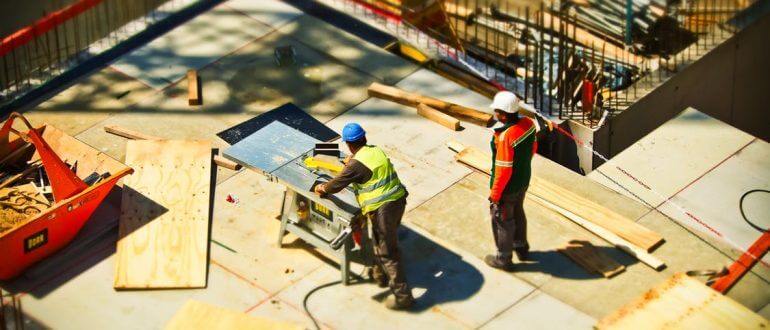Lean Construction.
Maybe you’ve heard of it, maybe you haven’t.
If you haven’t, we’d like to tell you a little more about it, and why it’s beneficial.
Lean construction is a method of construction that maximizes value and minimizes cost and waste.
It’s a “holistic” approach to constructing a building. This means every person who is part of a construction—the owners, the architects/designers, the engineers, the builders, the suppliers and the end-users—work collaboratively from the beginning. In traditional construction, these players only come into the project when needed, which can lead to miscommunication, waste and running over budget.
There are several reasons why lean construction is a smart approach to construction. Let’s dive into a few reasons.
1. Lean Construction saves money
When all parties work together on a project from the beginning, they are able to plan collaboratively which means transparency in their processes. How much money they are spending on materials and labor is defined up front—no surprises. A common issue in construction is waste. There are eight common types of waste that lean construction tries to avoid: defects, overproduction, waiting, non-utilized talent, transportation, inventory, motion and extra-processing. By avoiding these pitfalls, money is saved and the expectations and needs of the owner are better realized.
2. Lean construction helps save time
The key to lean construction is a continuous work flow that is broken. The flow of both communication and construction is vital for a desired end result. In traditional construction, a building is made in piecemeal, with few lines of communication open. In lean construction, various projects are worked on in tandem and with open lines of dialogue. Again, no surprises and less room for error.
3. Lean construction lends to better productivity and communication
According to the Lean Construction Institute, lean construction offers a higher retention rate and quality of life for workers on the job. Communication is also “decentralized,” meaning there isn’t just one or two leaders telling everyone what to do. The players work as a team with a shared vision in sight.




